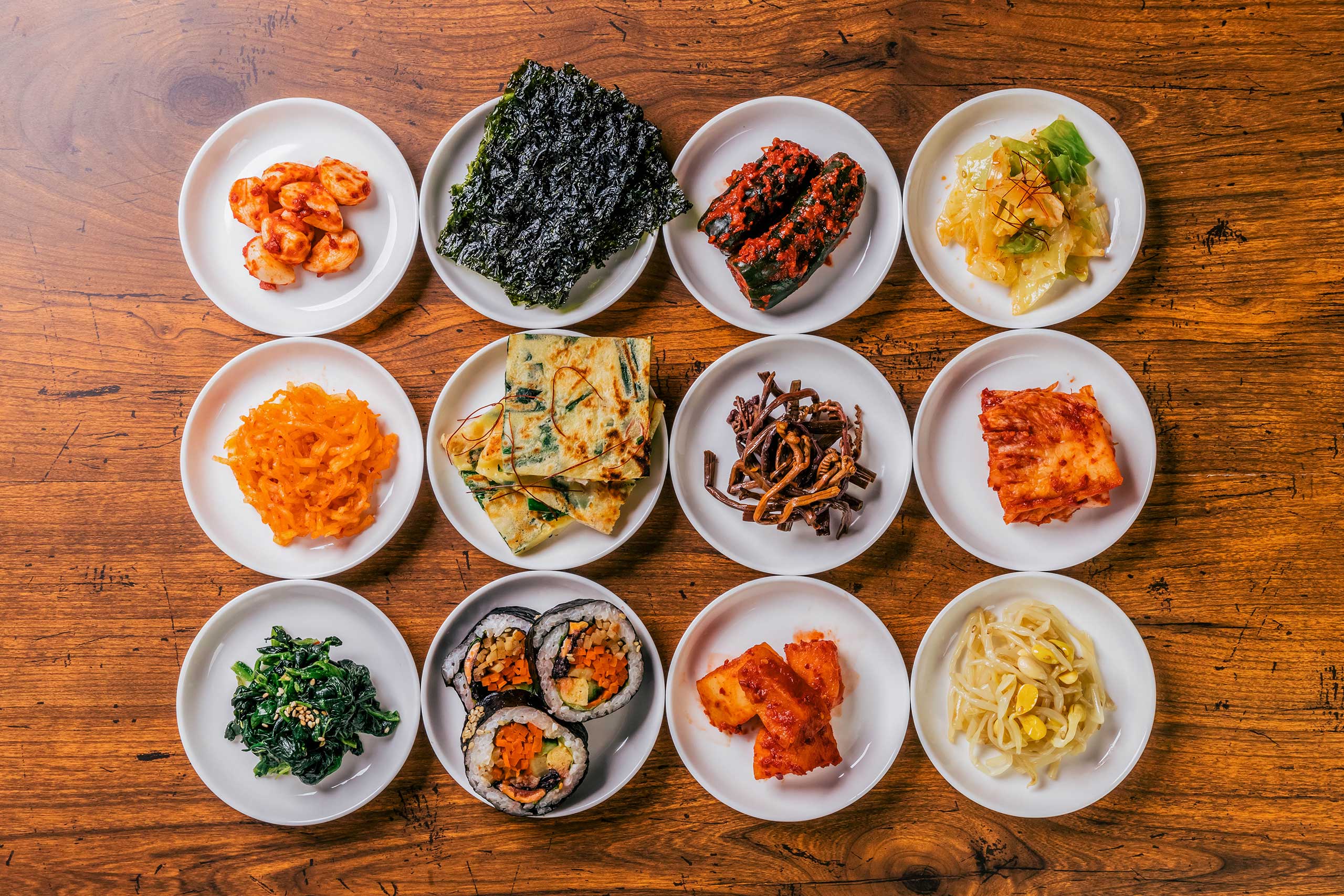Popular Korean Dishes For Healthy Living
Korean food and dishes are gaining popularity worldwide along with Kpop and Kdramas. Hallyu(Korean Wave) has introduced a wider audience to Korean culture, including food. Viewers get to see these dishes depicted in shows and music videos, sparking curiosity and interest.Platforms like [YouTube] and Instagram are filled with #koreanfood and #kimchi hashtags. People share their experiences trying Korean food, creating a buzz and encouraging others to explore this cuisine.Korean food offers a balance of flavors, often with a spicy kick. Many dishes are packed with vegetables, lean proteins, and fermented foods, which are perceived as healthy by a growing health-conscious population.
Here are some healthy Korean dishes and their recipes:
1. Bibimbap (Mixed Rice with Vegetables)

Ingredients:
- Cooked white or brown rice
- Assorted vegetables (spinach, carrots, bean sprouts, zucchini)
- Protein (tofu, beef, chicken, or egg)
- Gochujang (Korean chili paste)
- Sesame oil, soy sauce, garlic, salt, and pepper
Instructions:
- Prepare the vegetables by blanching or stir-frying them separately with a little oil, garlic, and seasoning.
- Cook your protein of choice. If using an egg, fry it sunny-side up.
- Assemble the dish by placing a scoop of rice in a bowl, arranging the vegetables and protein on top.
- Add a dollop of gochujang and drizzle with sesame oil.
- Mix everything together before eating.
2. Kimchi Jjigae (Kimchi Stew)

Ingredients:
- Kimchi (fermented cabbage)
- Tofu
- Pork or beef (optional)
- Onion, garlic, scallions
- Gochugaru (Korean chili powder), soy sauce, and salt
- Water or stock
Instructions:
- Sauté the meat (if using) with garlic and onions until browned.
- Add chopped kimchi and cook for a few minutes.
- Pour in water or stock and bring to a boil.
- Add tofu and simmer for about 15 minutes.
- Season with soy sauce, gochugaru, and salt to taste.
- Garnish with chopped scallions and serve.
3. Japchae (Stir-Fried Glass Noodles)

Ingredients:
- Sweet potato starch noodles (dangmyeon)
- Spinach, carrots, onions, mushrooms
- Beef or tofu
- Soy sauce, sesame oil, sugar, garlic, salt, and pepper
Instructions:
- Cook the noodles according to the package instructions, then rinse in cold water and set aside.
- Stir-fry the vegetables and protein separately with garlic and a bit of oil.
- In a large bowl, mix the cooked noodles with soy sauce, sesame oil, and sugar.
- Add the stir-fried ingredients to the noodles and mix well.
- Season with salt and pepper, and garnish with sesame seeds.
4. Doenjang Jjigae (Soybean Paste Stew)

Ingredients:
- Doenjang (Korean soybean paste)
- Tofu, zucchini, potatoes, onions, and mushrooms
- Garlic, green onions
- Water or stock
- Optional: chili peppers, seafood, or beef
Instructions:
- Dissolve doenjang in a pot of water or stock and bring to a boil.
- Add the potatoes and cook until half done.
- Add the rest of the vegetables and protein, and simmer until cooked through.
- Adjust the seasoning if needed and garnish with green onions.
These dishes offer a good balance of carbohydrates, protein, and healthy fats, along with a variety of vitamins and minerals from the vegetables. Feel free to adjust the recipes according to your dietary needs and preferences.
If you are interested in Japanese dishes you can check our healthy japanese dishes article.














Post Comment